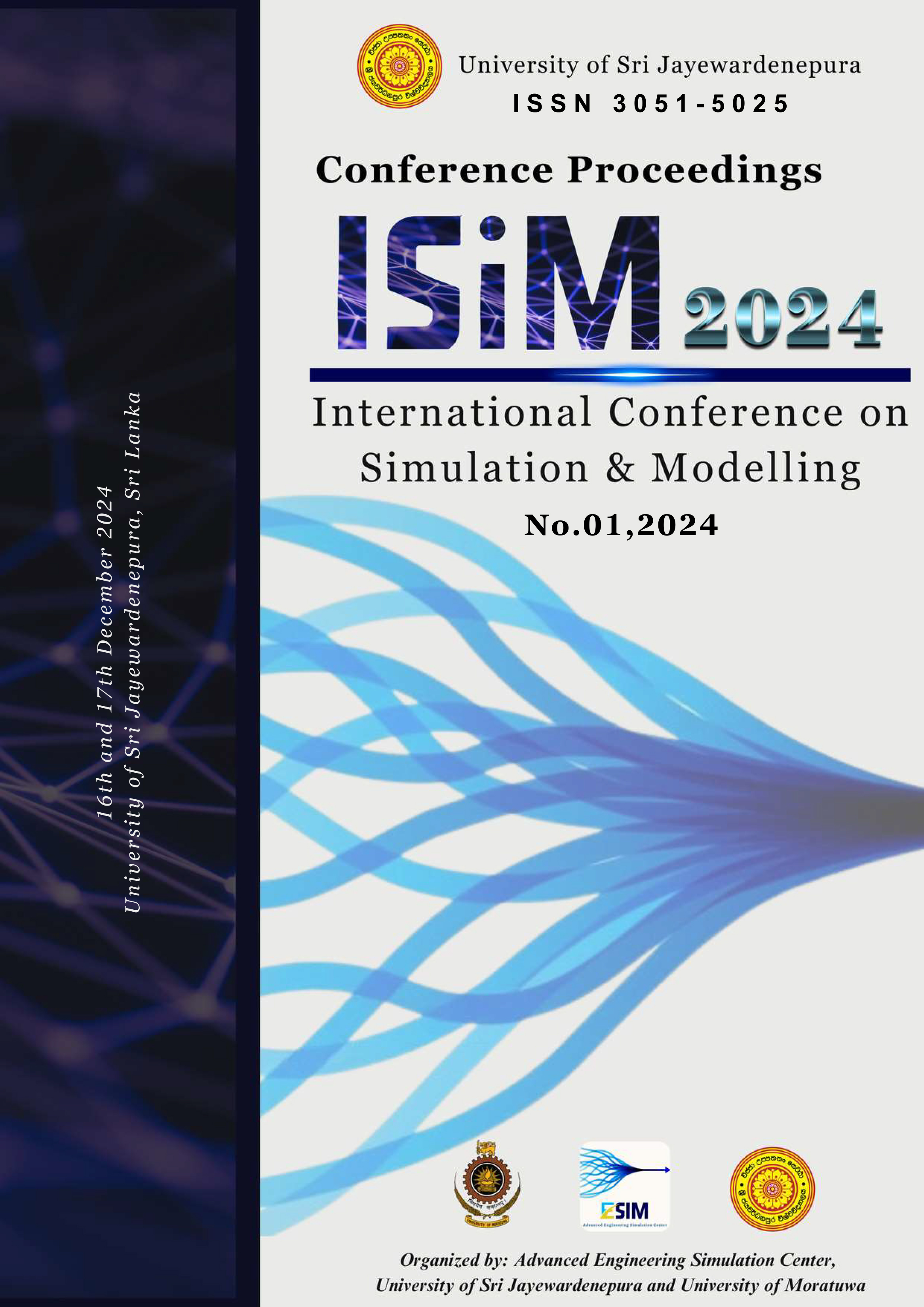Bio Inspired Aircraft Wing Design to Reduce Flow Generated Noise
Keywords:
aerodynamic, airfoil noise reduction, biomimicry, bioinspired airfoilAbstract
Noise generation from aircrafts has become a major problem in the current aviation industry. As a solution, scientists have conducted variety of research studies by modifying the wings with three main features of owl species which allow them to fly in silent. Those are leading edge serrations, trailing edge serrations and the porosity on the wings. Due to the increase of drag from porous designs, most of the flow generated noise reduction aimed research studies have conducted by applying leading edge serrations and trailing edge serrations. Though, there were no research performed by adding both leading edge serrations as well as trailing edge serrations on an airfoil implemented wing. Therefore, this research was conducted by modifying a NACA 0012 airfoil type wing by adding both leading edge serrations as well as trailing edge serrations. At first, this research considered the highest noise reduced leading edge and trailing edge serration geometries from literature and modified the NACA 0012 base wing. Then, the research considered the main three types of leading-edge serration geometries of one of a highest noise reducing owl species in the world called A. Otus owl and modified the NACA 0012 base wing using the serration geometries of their wing. The acoustic simulations were conducted along with the aerodynamic simulations to configure the noise reduction as well as the change in aerodynamics of the wing with different serration geometries. Finally, the highest noise reducing serration geometries and the lowest aerodynamic properties changing serration geometries were identified.

